Home>Home Maintenance>How Much Should You Save For Home Repairs
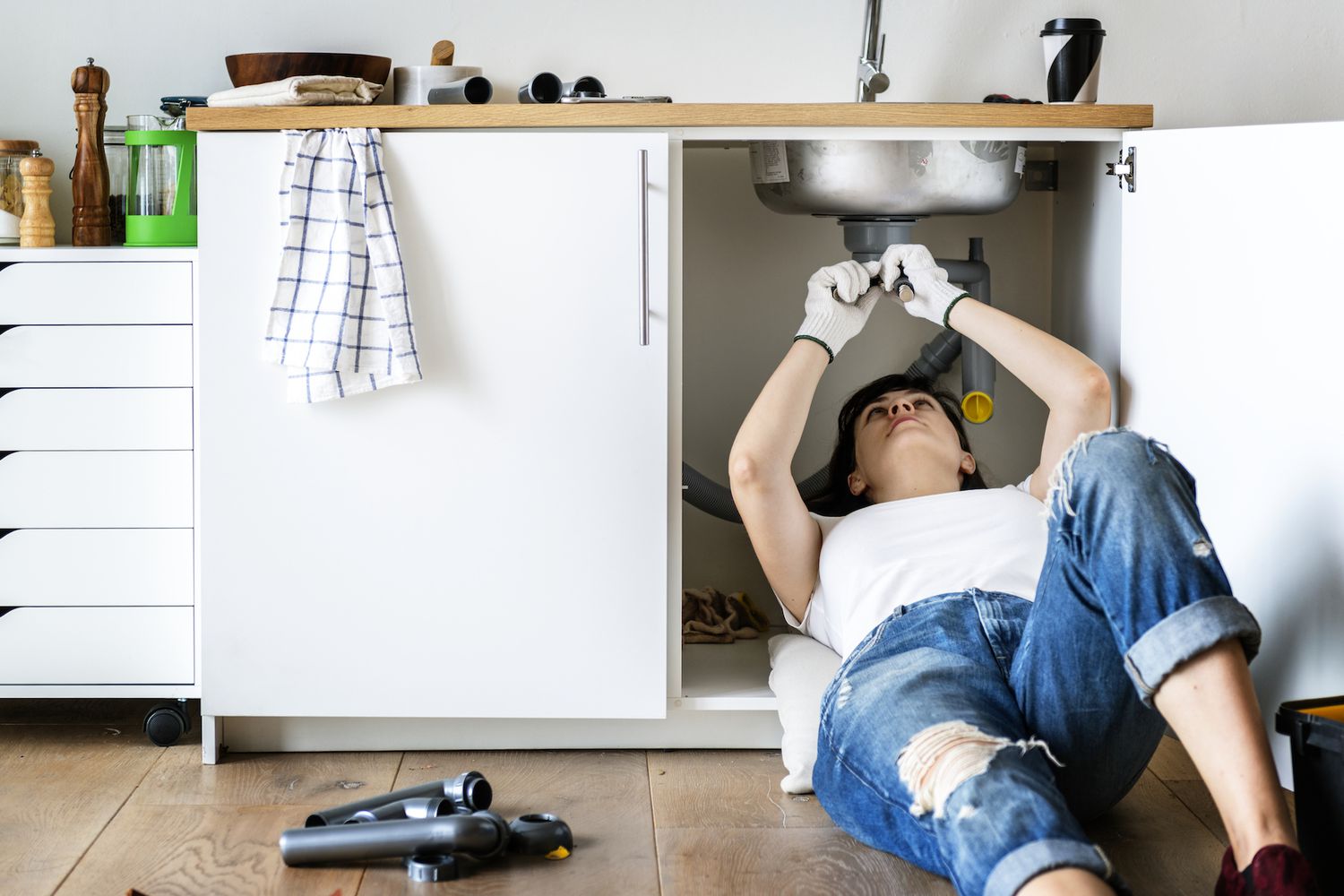

Home Maintenance
How Much Should You Save For Home Repairs
Modified: March 21, 2024
Wondering how much you should save for home repairs? Learn all about home maintenance costs and budgeting tips to keep your property in top shape.
(Many of the links in this article redirect to a specific reviewed product. Your purchase of these products through affiliate links helps to generate commission for Storables.com, at no extra cost. Learn more)
Introduction
Welcome to our comprehensive guide on how much you should save for home repairs. Owning a home is a significant financial responsibility, and one aspect that can often catch homeowners off guard is the need for unexpected repairs and maintenance. From leaky roofs to faulty plumbing, there’s no denying that home repairs can be costly. That’s why it’s crucial to have a savings plan in place to cover these expenses.
Many homeowners underestimate the importance of having a dedicated fund for home repairs. They often assume that their homeowner’s insurance will cover any unexpected damages. While insurance can be valuable in some cases, it usually doesn’t cover regular wear and tear or neglect. That’s where a well-funded savings plan comes into play.
In this article, we will discuss the average costs of common home repairs, factors to consider when determining how much to save, and provide tips on how to create a savings plan specifically tailored to home repairs. So, let’s dive in and ensure you have a solid financial cushion to handle any unforeseen repair expenses that may arise.
Key Takeaways:
- Owning a home comes with inevitable repairs. It’s crucial to save money for unexpected fixes to maintain your home’s value, prevent further damage, ensure safety, and create a comfortable living environment.
- Consider factors like your home’s age, location, and size when determining how much to save for repairs. Create a savings plan, automate contributions, and research contractors to be financially prepared for any home repair needs.
Read more: How Much Will Insulation In An Attic Save Me
Importance of Home Repairs
Home repairs are an inevitable part of homeownership. From time to time, things will break, wear out, or deteriorate, and it’s essential to address these issues promptly. Failing to take care of necessary repairs can lead to larger and more expensive problems down the line. Here are a few key reasons why home repairs are crucial:
- Maintaining the value of your home: Regular maintenance and repairs help preserve the value of your property. Ignoring repairs can result in a decline in your home’s value and may make it more challenging to sell in the future.
- Preventing further damage: A minor repair today can prevent major damage later. For example, fixing a leaking pipe promptly can prevent water damage to your walls or foundation. Addressing small issues early on can save you from significant repair costs and inconvenience later.
- Ensuring safety: Many home repairs involve safety concerns. Faulty wiring, loose handrails, or cracked foundations can pose serious risks to you and your family. Regular repairs and maintenance help keep your home a safe and secure environment.
- Creating a comfortable living environment: Home repairs contribute to creating a comfortable and enjoyable living space. Fixing HVAC systems, repairing leaky roofs, or updating worn-out flooring can significantly enhance the comfort and quality of your home.
By maintaining your home and addressing repairs promptly, you not only protect your investment but also provide yourself and your family with a safe and comfortable place to live.
Factors to Consider
When determining how much to save for home repairs, there are several factors to consider. Each homeowner’s situation is unique, so it’s essential to evaluate these factors before deciding on the appropriate amount to set aside. Here are the key factors to consider:
- Age and condition of your home: Older homes generally require more frequent repairs and maintenance. Consider the age and condition of your home when estimating potential repair costs. Older homes may have outdated electrical systems, plumbing issues, or structural problems that can be costly to repair.
- Location: The location of your home can influence the types of repairs needed and their associated costs. For example, if you live in an area prone to natural disasters like hurricanes or earthquakes, you may need to allocate more funds for potential damages.
- Homeowner’s Association (HOA) fees: If you live in a community with an HOA, part of your dues may already cover maintenance and repairs for common areas. However, keep in mind that you may still be responsible for repairs within your own property, so it’s essential to budget accordingly.
- Previous repair history: Consider the past repair history of your home. If your home has required frequent repairs in the past, it’s wise to plan for potential future issues.
- Size of your home: Larger homes generally have more components to maintain and repair, such as multiple bathrooms, HVAC systems, or a larger roof. The size of your home can impact repair costs, so take this into account when creating your savings plan.
- Personal risk tolerance: Assess your own risk tolerance and financial situation. Some homeowners prefer to have a larger savings cushion to cover potential repairs, while others may be comfortable with a smaller amount.
By considering these factors, you can make a more informed decision about how much to save for home repairs based on your specific circumstances.
Average Costs of Common Home Repairs
Knowing the average costs of common home repairs can help you determine how much you should save. While every repair job is unique and costs can vary depending on factors such as location and the extent of the damage, here are some ballpark figures for common home repairs:
- Roof repairs: The cost of roof repairs can range from a few hundred dollars for minor repairs to several thousand dollars for extensive damage or a full roof replacement. Factors such as the size of your roof, the type of material, and the complexity of the repair will impact the cost.
- Plumbing issues: Plumbing repairs can range widely in cost. Fixing a minor leak or unclogging a drain may cost a couple of hundred dollars, while repiping a home or replacing a water heater can run into thousands of dollars.
- Electrical repairs: Electrical repairs can range from simple fixes like replacing a light switch or outlet, which can cost around $100, to rewiring a home, which can amount to several thousand dollars.
- Heating, Ventilation, and Air Conditioning (HVAC) repairs: HVAC repairs can vary depending on the type of system and the complexity of the repair. Common HVAC repairs can range from $200 to $1,000 or more.
- Foundation issues: Repairing foundation problems can be costly, ranging from a few thousand dollars for minor repairs to tens of thousands of dollars for major issues that require extensive foundation work.
- Windows and doors: Repairing or replacing windows and doors can range from a few hundred dollars for a simple repair to several thousand dollars for full replacements.
- Painting and cosmetic repairs: Painting a room or fixing cosmetic issues such as drywall repairs can cost anywhere from a hundred to a few thousand dollars, depending on the size of the area and the extent of the damage.
Remember that these figures are approximate and can vary depending on various factors. It’s important to obtain multiple quotes from reputable contractors when estimating costs for specific repairs.
By having a rough idea of the average costs associated with common home repairs, you can better assess your savings needs and plan accordingly.
Creating a Home Repair Savings Plan
Now that you understand the importance of having a dedicated fund for home repairs and have an idea of the average costs of common repairs, let’s explore how to create a savings plan specifically tailored to your home repair needs:
- Assess your current financial situation: Start by evaluating your current income, expenses, and savings. Take into account your monthly budget and determine how much you can allocate towards building your home repair fund.
- Set a savings goal: Decide on a specific savings goal based on your home’s condition, the age of the property, and the estimated costs of potential repairs. Aim to save enough to cover both minor repairs and larger unexpected expenses.
- Establish a separate savings account: Open a separate savings account specifically for home repairs. Keeping this money separate from your regular savings or checking account will help you resist dipping into it for other expenses.
- Automate your savings: Set up automatic transfers from your main account to your home repair savings account. This helps ensure consistent deposits and makes saving for repairs a habit.
- Contribute regularly: Determine how much you can contribute to your home repair fund each month or paycheck. Consistent and steady contributions, no matter how small, can add up over time.
- Adjust your savings as needed: Reevaluate your savings plan periodically and adjust your contributions if necessary. If you encounter unexpected repairs or notice an increase in repair costs, adapt your savings plan accordingly.
- Research contractors and get estimates: Research reputable contractors in your area who can provide estimates for potential repairs. Having an idea of the costs involved can help you gauge if your savings goal is realistic.
- Prioritize emergency savings: While saving specifically for home repairs is critical, don’t neglect your emergency savings fund. It’s wise to have a separate fund to cover unexpected emergencies that may arise.
- Consider home warranty or insurance: Investigate whether a home warranty or insurance plan is suitable for your needs. These options can provide additional coverage for certain repairs, but remember to read the policy details and understand the terms and conditions.
By following these steps and staying committed to your savings plan, you can be well-prepared to handle any home repairs that may come your way.
It’s recommended to save at least 1% of your home’s value each year for repairs. For example, if your home is worth $200,000, aim to save $2,000 annually.
Read more: How Much Should A Chimney Rebuild Cost
Tips for Saving Money on Home Repairs
Home repairs can quickly eat into your savings, but there are ways to save money without compromising the quality of the repair work. Here are some tips to help you save on your home repair expenses:
- Do it yourself (DIY) when possible: If you have the skills and knowledge, consider tackling minor repairs yourself. DIY projects can save you money on labor costs, but be sure to assess your abilities and know when to call in a professional.
- Shop around for the best prices: Obtain multiple quotes from different contractors to compare prices. Don’t automatically settle for the first quote you receive – taking the time to research and get several estimates can help you find a better deal.
- Research and negotiate: Take the time to research the cost of materials and equipment needed for the repair job. Armed with this knowledge, you can negotiate prices with contractors or suppliers to ensure you’re getting a fair deal.
- Consider alternative materials: In some cases, opting for alternative materials can provide cost savings without compromising on quality. For example, using laminate flooring instead of hardwood or choosing vinyl siding instead of more expensive materials.
- Maintain a regular maintenance schedule: Implementing a regular maintenance schedule for your home can help prevent major repairs down the line. Simple tasks like cleaning gutters, changing air filters, and inspecting for minor issues can help catch problems early and save you money in the long run.
- Take advantage of seasonal sales or discounts: Many home improvement stores offer seasonal sales or discounts on certain products. Keep an eye out for these deals to save money on materials, appliances, or tools needed for your repairs.
- Join loyalty programs or use coupons: Sign up for loyalty programs at hardware stores, and watch for coupons or promotional offers. These programs and discounts can help you save money on purchases related to your home repairs.
- Consider refurbished or gently used items: For certain repair jobs, refurbished or gently used items can be a cost-effective alternative. Check online marketplaces or local salvage yards for deals on items such as appliances, fixtures, or building materials.
- Invest in preventive measures: Sometimes, spending a little upfront on preventive measures can save you from more extensive repairs later. For example, installing gutter guards can prevent clogging and potential water damage to your home’s foundation.
- Stay proactive and address issues promptly: Don’t procrastinate when it comes to repairs. Addressing issues promptly can prevent them from escalating into more significant and costly problems. Small repairs now can save you money in the long run.
By implementing these tips, you can effectively reduce your home repair expenses and make your budget stretch further.
The Role of Homeowners Insurance
When it comes to home repairs, homeowners insurance plays a vital role in providing financial protection and peace of mind. While homeowners insurance typically doesn’t cover regular wear and tear or neglect, it can help in certain situations. Here’s a closer look at the role of homeowners insurance in home repairs:
Coverage for unexpected damages:
Homeowners insurance can provide coverage for unexpected damages caused by covered perils, such as fire, theft, vandalism, or certain weather events. If your home experiences damage due to a covered event, homeowners insurance can help reimburse you for the repairs or replacement costs, up to the policy’s limits.
Liability coverage:
Homeowners insurance typically includes liability coverage, which can come into play if someone is injured on your property. If a guest suffers an injury that requires medical attention or files a lawsuit against you, liability coverage can help cover the associated costs. This can include repairs or improvements needed to address the condition that caused the injury.
Additional living expenses:
If your home becomes uninhabitable due to a covered event, homeowners insurance may provide coverage for additional living expenses. This can help you cover the costs of temporary accommodation, meals, and other necessary expenses during the repair process.
Limitations and deductibles:
It’s important to review your homeowners insurance policy to understand its limitations and deductibles. Certain repairs may have coverage limits or specific conditions that need to be met. Additionally, homeowners insurance policies typically have a deductible, which is the amount you need to pay out of pocket before coverage kicks in.
Regular maintenance and responsibility:
It’s important to note that homeowners insurance is not a substitute for regular maintenance or responsibility in maintaining your home. Insurance policies typically exclude coverage for damages arising from lack of maintenance, neglect, or intentional acts. It’s your responsibility as a homeowner to stay proactive in maintaining your property to prevent avoidable damages.
Review and update your policy:
Periodically review your homeowners insurance policy to ensure it adequately covers your needs. As your home ages or your repair needs change, you may need to update your policy or consider additional coverage options.
While homeowners insurance can offer valuable protection, it’s essential to understand the coverage provided and any limitations. Keep in mind that having a dedicated savings plan for home repairs is still necessary to cover regular maintenance and repairs not covered by insurance.
Emergency Home Repair Savings
In addition to having a dedicated fund for regular home repairs, it’s crucial to set aside money specifically for emergency repairs. Unexpected issues can arise at any time, and having emergency savings ensures you’re prepared for these unexpected expenses. Here’s how to build and manage your emergency home repair savings:
- Set a specific savings goal: Determine how much you want to save for emergency repairs. Typically, it’s recommended to have at least three to six months’ worth of living expenses set aside. Consider the age and condition of your home, as well as potential high-cost repairs such as a new HVAC system or roof replacement.
- Automate your savings: Set up automatic transfers from your main account to your emergency savings account. Treat this like any other bill and prioritize saving regularly. Even small contributions can add up over time.
- Separate emergency savings from regular savings: Keep your emergency home repair savings separate from your regular savings to minimize the temptation of using it for non-emergency expenses. Consider opening a separate account specifically for emergency funds.
- Adjust contributions based on your financial situation: Assess your financial situation periodically and adjust your savings contributions as needed. If you experience changes in income or expenses, you may need to increase or decrease your savings amounts accordingly.
- Keep funds easily accessible: Emergencies require immediate attention, so make sure your emergency savings are easily accessible. Consider keeping the funds in a high-yield savings account or a money market account that offers both liquidity and some growth potential.
- Use emergency savings for unexpected repairs only: Reserve your emergency home repair savings strictly for unplanned repair expenses. Avoid dipping into this fund for non-essential expenses or regular maintenance costs.
- Replenish your emergency savings: If you have to withdraw funds from your emergency savings for a repair, make it a priority to replenish the amount as soon as possible. This ensures you’re prepared for any future emergencies that may arise.
- Continue saving for regular home repairs: It’s important to note that emergency savings should not replace your savings for regular home repairs. Both funds serve different purposes. Regular home repair savings should cover routine maintenance and anticipated repairs, while emergency savings are for unexpected and urgent situations.
By establishing and consistently contributing to your emergency home repair savings, you can have peace of mind knowing that you’re financially prepared for any unforeseen repair expenses that may arise.
Conclusion
In conclusion, having a solid financial plan for home repairs is essential for homeowners. Building and maintaining a dedicated fund for repairs can alleviate the stress and financial burden that come with unexpected damages and maintenance needs. By following the tips and guidelines outlined in this guide, you can create a comprehensive home repair savings plan that fits your specific needs and circumstances.
Remember to consider factors such as the age and condition of your home, the average costs of common repairs, and your personal risk tolerance when determining how much to save. Regularly assess and adjust your savings contributions based on your financial situation, and separate your emergency home repair savings from your regular savings to ensure they’re easily accessible when needed.
While homeowners insurance provides valuable coverage for unexpected damages, it’s crucial to understand its limitations and not solely rely on it for all repair expenses. Putting a proactive home maintenance schedule in place can help prevent major repairs and minimize costs in the long run.
By being proactive, financially prepared, and resourceful in saving money on repairs, you can ensure your home remains safe, comfortable, and well-maintained throughout the years. Investing in your home’s upkeep not only protects your investment but also creates a space where you and your family can thrive.
Remember to continually review and update your savings plan and insurance policies as needed to accommodate any changes in your home or financial situation.
With a well-funded savings plan, you can confidently face any home repair or maintenance issue that comes your way and enjoy the peace of mind that comes with being prepared.
Frequently Asked Questions about How Much Should You Save For Home Repairs
Was this page helpful?
At Storables.com, we guarantee accurate and reliable information. Our content, validated by Expert Board Contributors, is crafted following stringent Editorial Policies. We're committed to providing you with well-researched, expert-backed insights for all your informational needs.

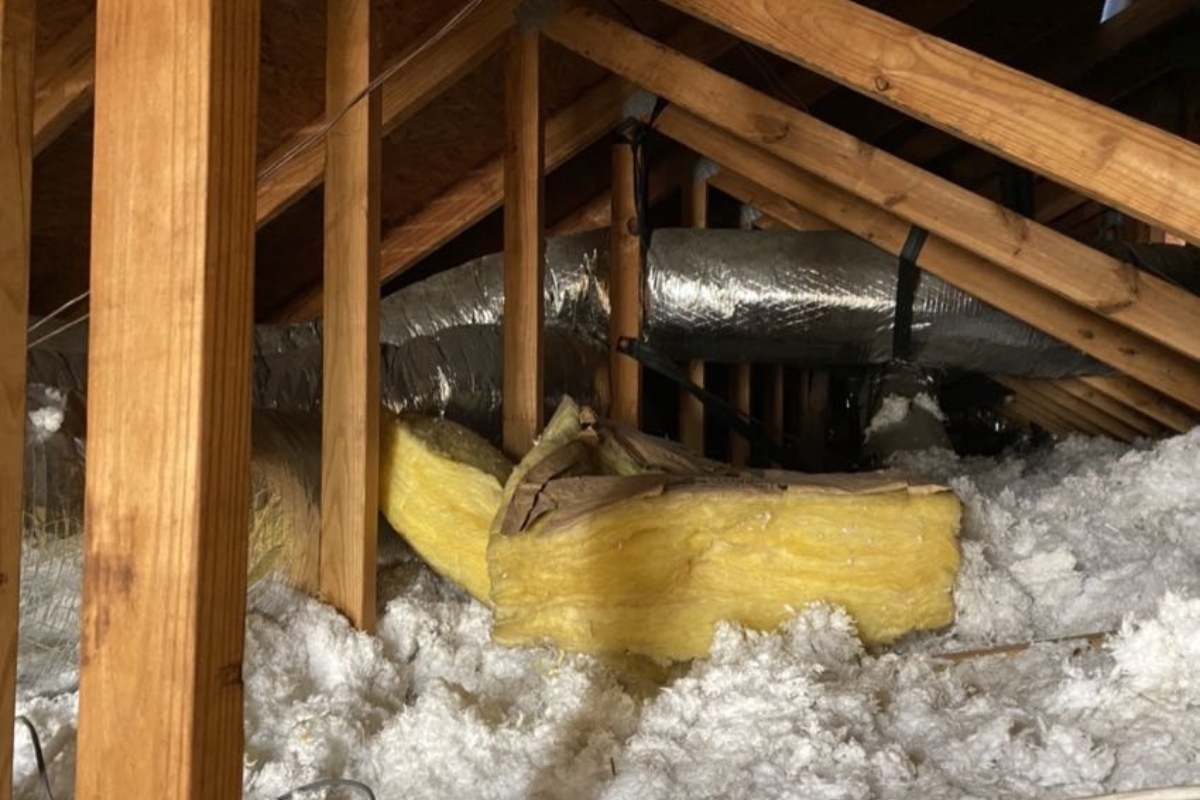
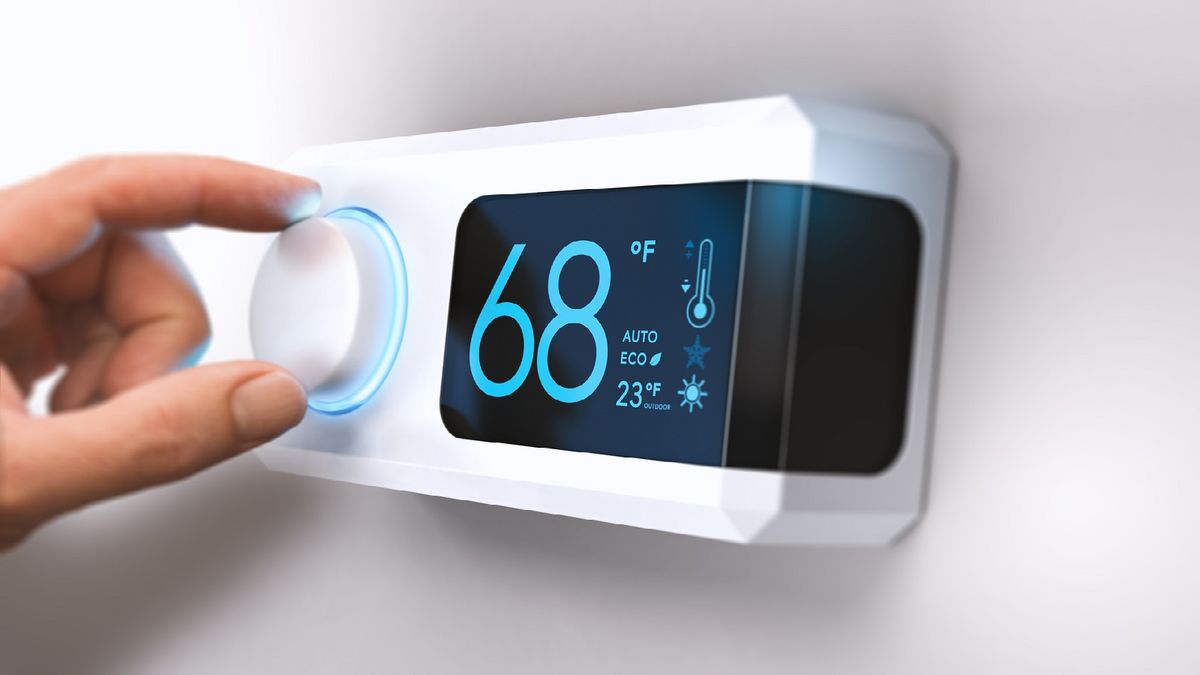

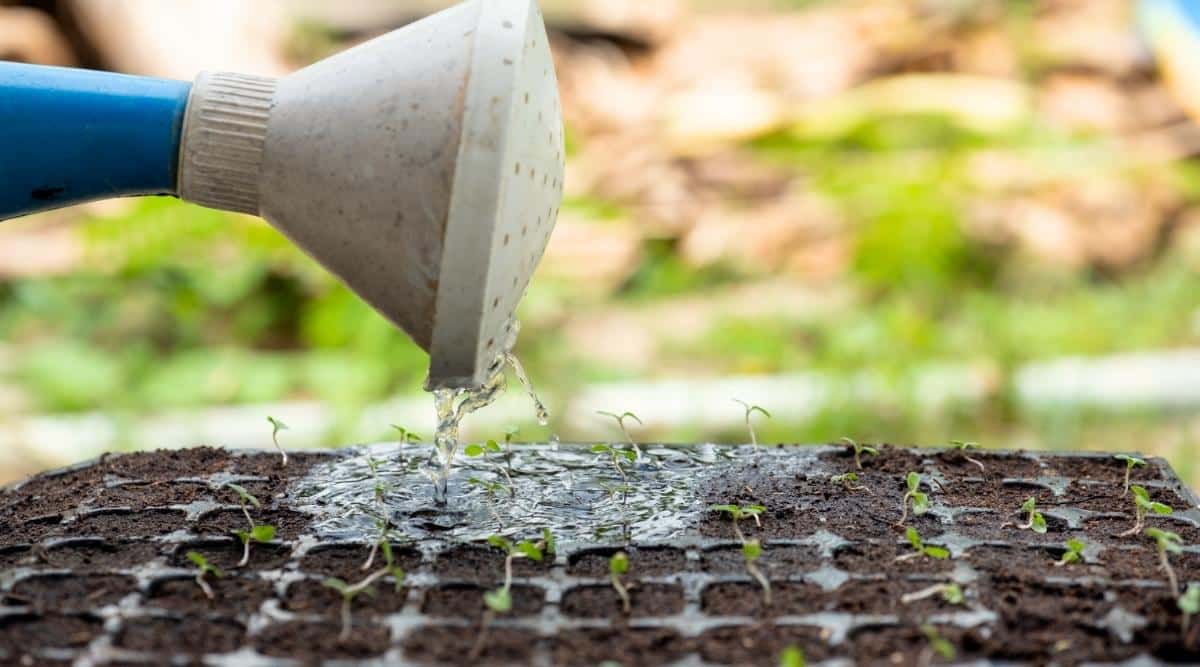

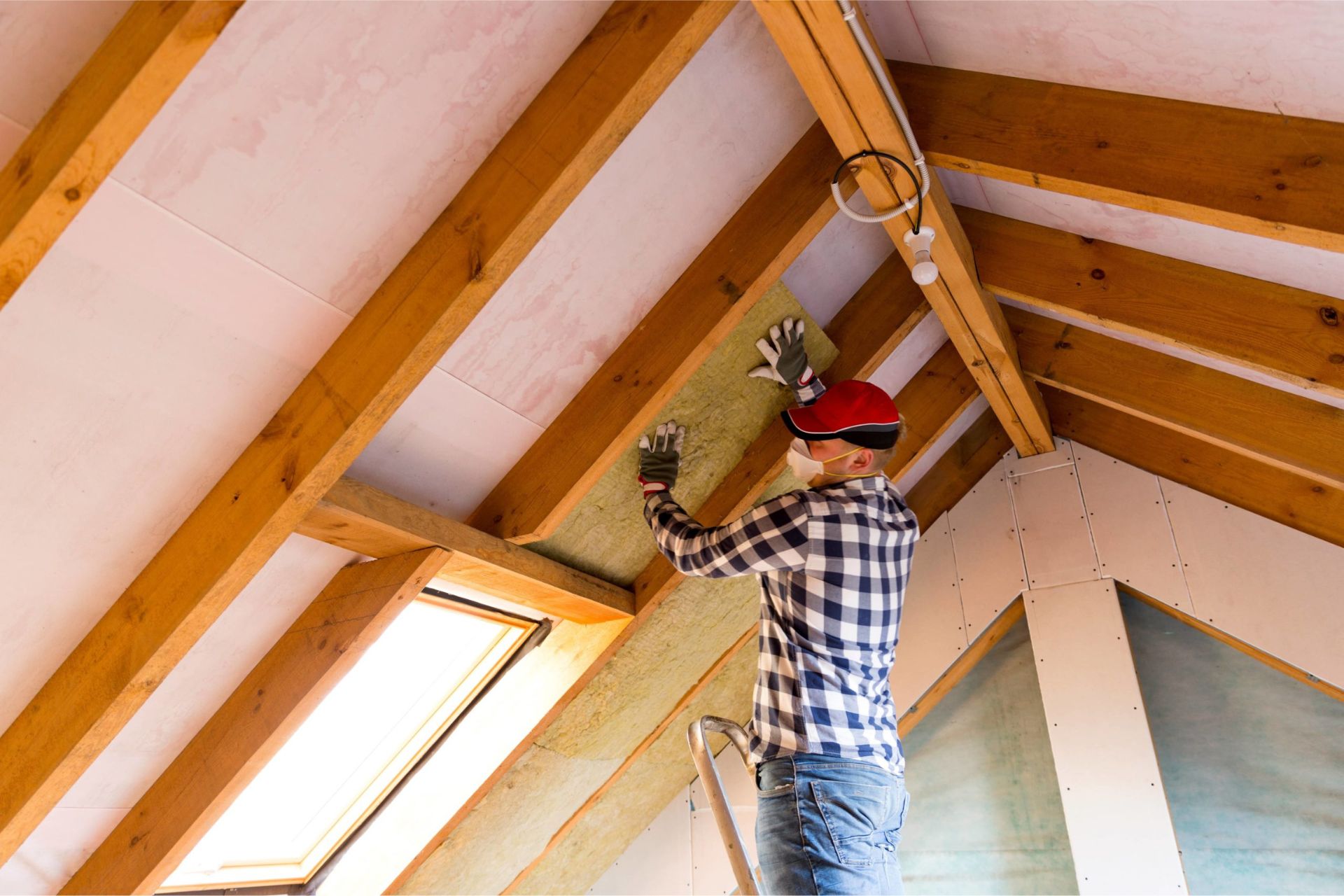
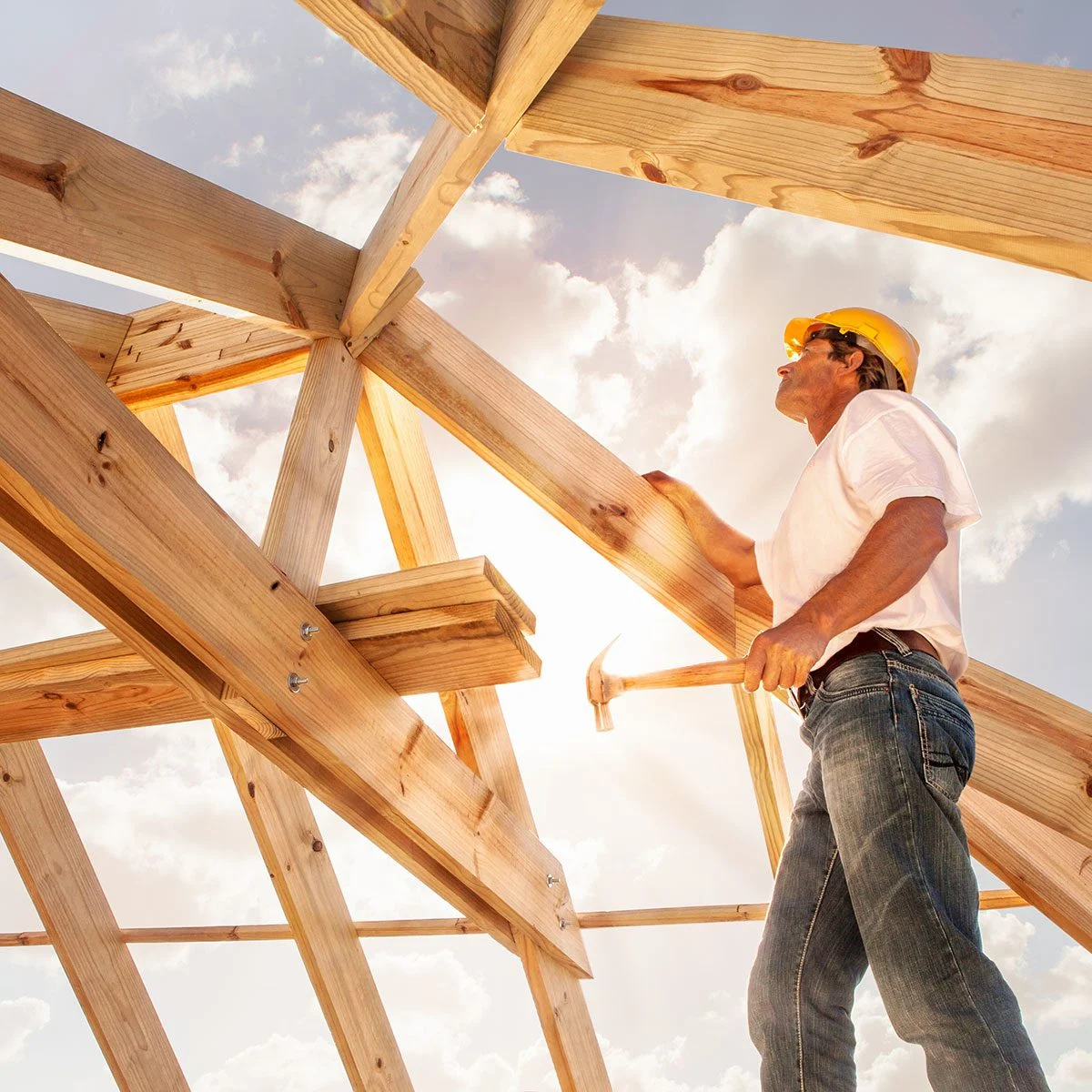

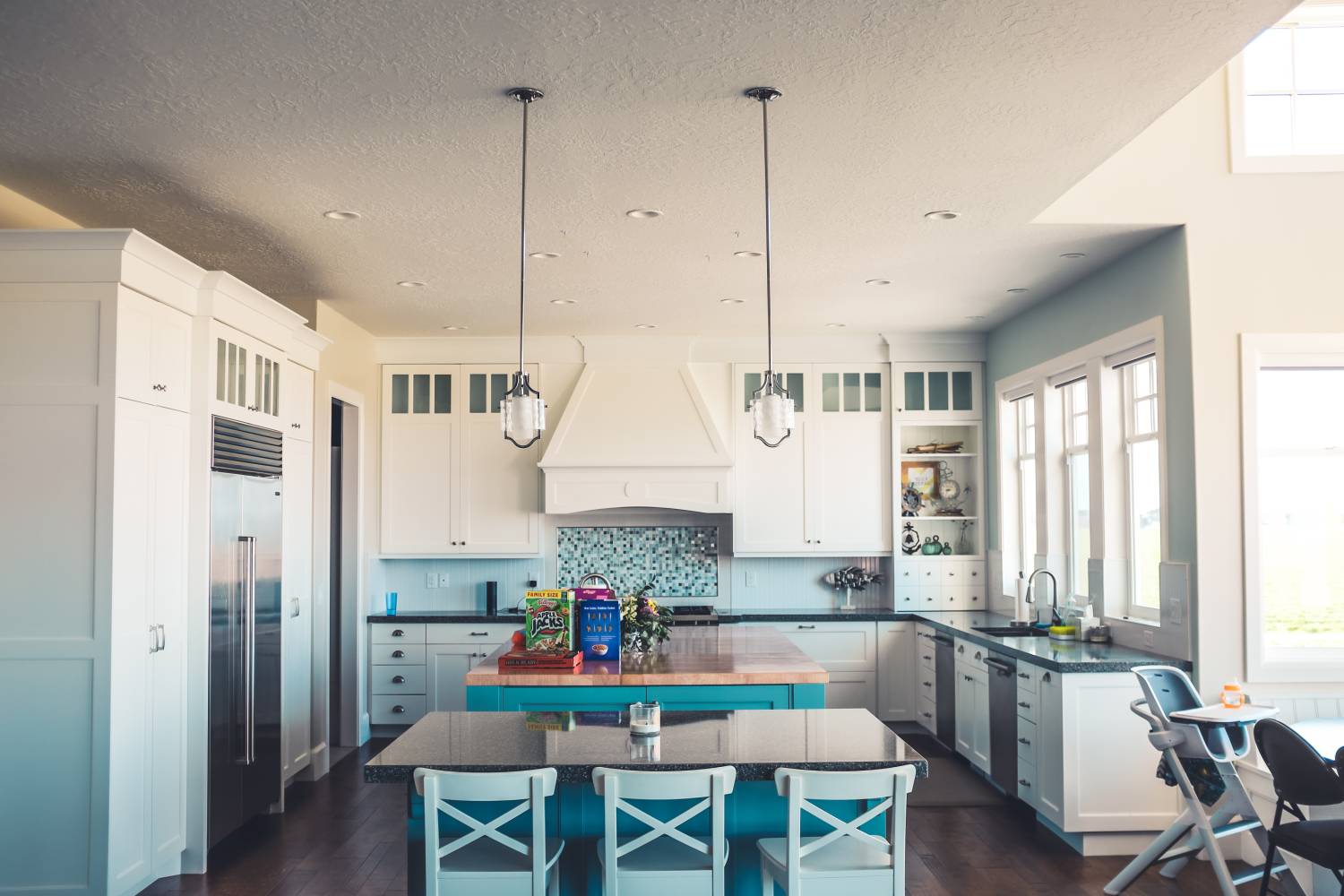


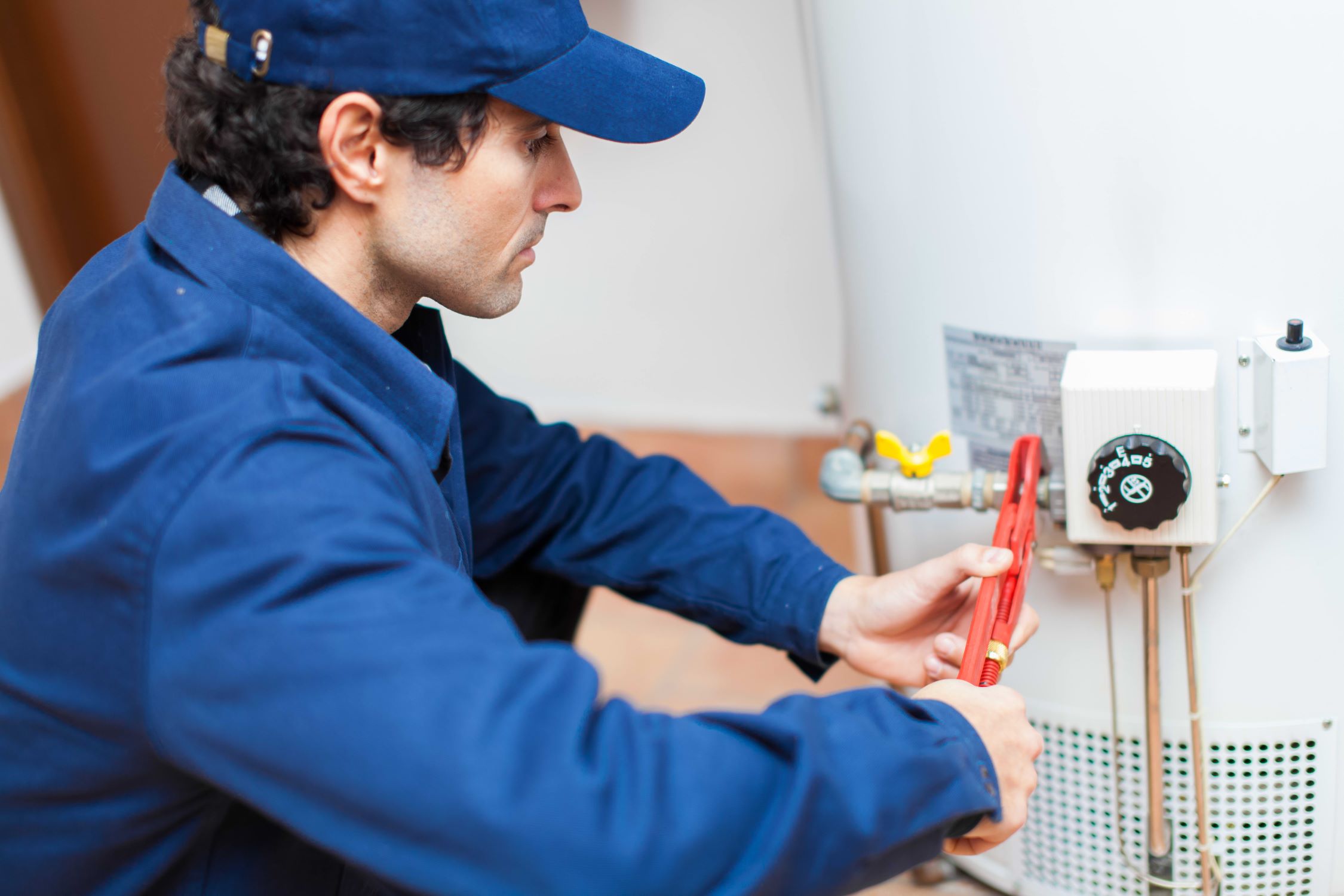
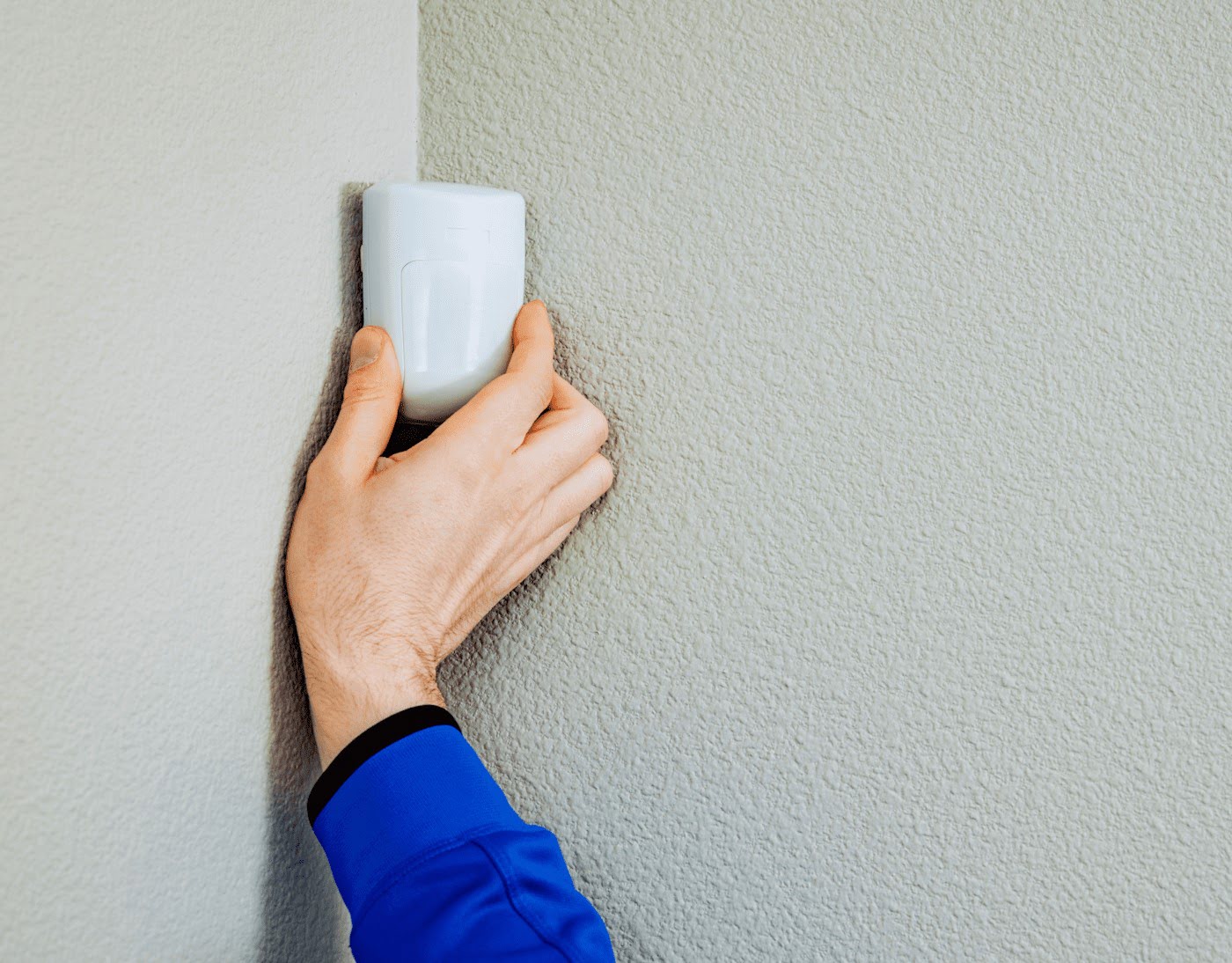

0 thoughts on “How Much Should You Save For Home Repairs”